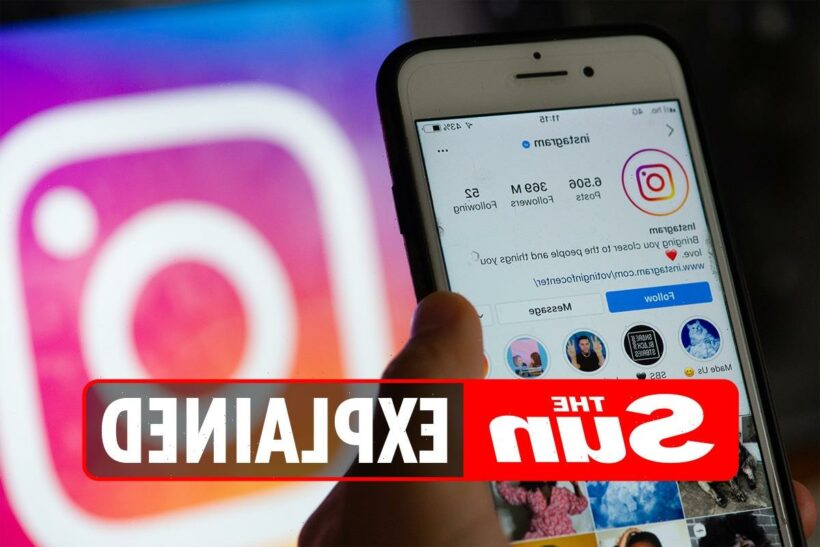INSTAGRAM is letting English-language users show new gender pronouns.
Going beyond the basic "he" or "she" references, the social network allows for pronouns preferred by those with alternate gender identities.
What is the meaning behind she/her he/him?
Pronouns including she/her/he/him/they are words used for, or instead of/in place of a noun.
For example in sentences, pronouns do the same work as nouns (naming words).
They identify people, and things, although they don't specifically name them, as do nouns.
'Noun' comes from the Latin word 'nomen', meaning 'name', and its function is to name someone or something.
Personal gender pronouns
Bottom Line advises the following:
Pronouns are used in language all the time when we refer to ourselves or other people. Examples of pronouns you might use refer to others are:
- he/him/his (for someone who might identify as male)
- she/her/hers (for someone who might identify as female)
- they/them/their (for someone who might not identify strictly as male or female, these pronouns are considered ‘gender neutral’; also used when referring to multiple people)
But, stresses the University of Connecticut's Rainbow Centre, "you are the only person who can decide which are the right pronouns to be used for you.
"This means that we should ask others for their pronouns, listen carefully to
their answers, and use those pronouns when referring to that individual.
"Sometimes a person’s pronouns will change.
"Using pronouns other than the ones a person has asked you to use can make them feel unwelcome, invisible, or unsafe.
"This is called misgendering someone. If you make a mistake, quickly correct yourself with the correct pronouns and apologise.
"Making a big deal out of the mistake can make the misgendered person feel worse."
'Human dignity'
"Referring to people by the pronouns they determine for themselves is basic to human dignity.
"Being referred to by the wrong pronouns particularly affects transgender and gender nonconforming people," says the International Pronouns Day website.
Liverpool City Region (LCR) Pride Foundation adds: "For trans, non binary and gender nonconforming people, being referred to by the wrong pronouns can have a significant and sometimes devastating effect, as their identity is ignored, devalued and even erased.
"We believe that recognising and using a person’s preferred pronouns is a basic human right.
"[This] is why [the] foundation… encourages others to learn about pronouns, challenge stigma and discrimination and to normalise the use of chosen personal pronouns in private and social settings and workplaces."
Why do people share their pronouns?
Instagram users can now opt to have pronoun choices shown publicly, or just to friends at the service.
You can pick up to four pronouns but can add more in the Bio section if you wish. Instagram has 28 pronouns you can select from, including a lot of non-gender specific pronouns like "ze/zir/zie".
Instagram added this feature after consulting with advocacy groups on pronoun options – with work being done to expand to non-English languages.
So why do people want to share their personal pronouns?
Bottom Line answers: "Typically, society has taught us to make automatic assumptions about what pronouns to use for someone.
"If a person’s gender expression – the way they appear in terms of gender – seems to be male, we’d likely use he/him/his when talking about that person.
If a person’s appearance seems to be female, we’d be likely to use she/her/hers.
"However, gender is not always that simple.
"Sometimes a person’s gender identity (the way the person identifies internally in terms of their gender) doesn’t align with their gender expression (the way they look).
"In addition, not everyone identifies strictly as male or female.
"So when a person includes their gender pronouns on their email signature line, or on a nametag, when introducing themselves, etc, they are simply taking the guesswork away for you.
"It’s their way of saying 'when you refer to me using pronouns (opposed to by my name), these are the pronouns I’d like for you to use'."
Source: Read Full Article



